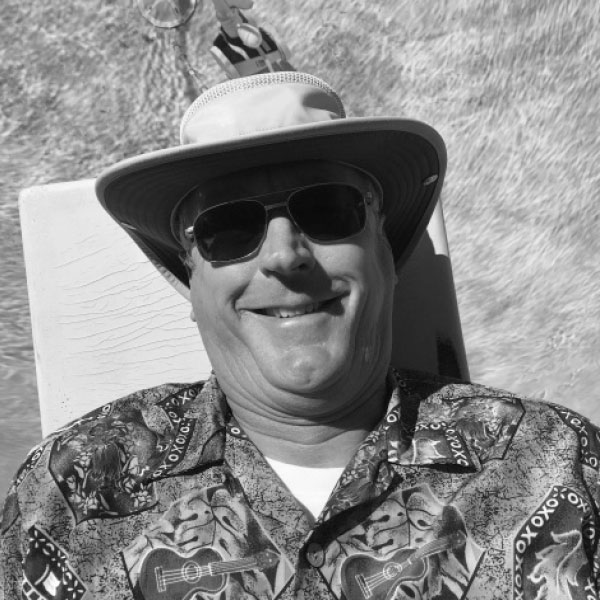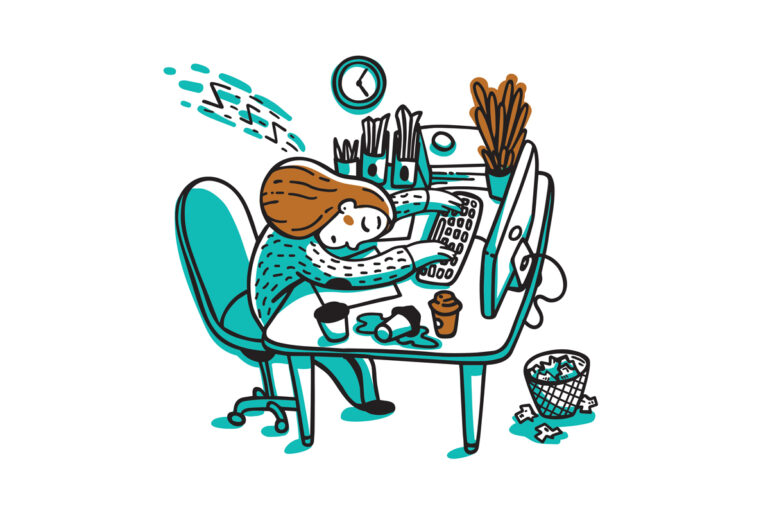Favorite sanitizer — and why?

Panelists share their sanitizer of choice
David Van Brunt
This is a bit like asking, “If you were stranded on a deserted island and could only choose one type of food, which would it be?” If you chose pizza, you’d probably have high cholesterol, high blood pressure and would die within three years.
Every sanitizer has a negative side effect that is slowly “killing” the pool water in the form of high total dissolved solids or high cyanuric acid. Trichlor tablets add CYA to the water. Cal hypo adds calcium. Liquid chlorine adds salt. A steady diet of one sanitizer is like eating pizza for breakfast, lunch and dinner.
If I had to choose a primary sanitizer it would be liquid chlorine. Salt is the main byproduct, and I consider it the lesser evil of the chlorine byproducts, and it is the one part of TDS that affects the pool water the least. My ultimate preferred method is a saltwater generator, and I try to sell all of my clients on it. The byproduct is, of course, a high salt level (salinity level) in a pool, which if it gets too high can lead to equipment corrosion. So, keep an eye on the salinity level in a saltwater pool.
If a pool does not have a functioning SWG and you use liquid chlorine, trichlor tablets or cal hypo you can easily counter these negative byproducts. Make it a habit to drain one to two inches of water from the pool each month, and refill it with fresh water. This will keep the salt level, CYA level and calcium hardness down in a pool and at recommended levels.
This is like eating pizza occasionally and having a balanced diet. A partial drain and refill are a great way to keep your pool water in balance.

David Van Brunt
YouTube creator, podcaster, coach
Los Angeles
Robert Blade
Chlorine is my favorite sanitizer. I use and have used other pool sanitizers, like bromine, UV (ultraviolet), O3 (ozone), salt generators, ionizers with copper (algaecide) or silver (bactericide) and (very little) hydrogen peroxide — but chlorine is king.
Chlorine, or hypochlorous acid, is a chemical superhero. Chlorine is a universal sanitizer, oxidizer, algaecide, bactericide, germicide, pesticide, disinfectant and the pool pro’s best friend. Alternative sanitizer chemistry recipes usually require a splash or dash of some form of chlorine. Chlorine with UV is the superb combination, but a quality UV installation may not be in the average family’s budget.
Chlorine liquid, also known as pool bleach, is my favorite form of chlorination, and it is arguably the least expensive and most effective method for pools. It mixes quickly, packs a punch — when fresh — and only has a salty byproduct build-up. Liquid in combination with trichlor tabs provides the customary and complimentary chlorine chemistry that has been in use for well over half a century; no doubt due to the cost.
Cal hypo is not very popular here in Monterey. The aquifers flow through limestone rock (calcium carbonate), so the local municipal water has moderate to high calcium hardness levels — 150-200+ ppm — right out of the tap. Without a cover, about half the pool water will evaporate each year. Add the ever-popular non-backwashing cartridge filtration systems, plus frequent droughts and you get hard pool water. At >800ppm, you can almost walk on it. Thankfully, the Langelier Saturation Index is another pool pro superhero.
Of course, the routine pool service client’s favorite is a pool pro who cares for the pool using thoughtfully applied, measured amounts of quality chemistry products to assure clean and clear pool water all year long. And don’t forget the pool pro’s trusty sidekick is a clean filter and recirculation system that operates at least one turnover daily.
A No Chloramine Valentine
Roses are red, ultraviolet’s blue.
Chlorine is yellow, algae is dead.

Robert Blade
Owner
Aloha Pools & Spas
Marina, California
Got a question for our panel?
Email us at editorial@kendrickcontent.com



